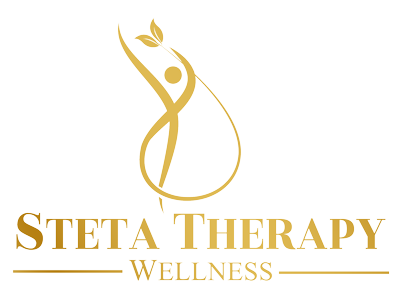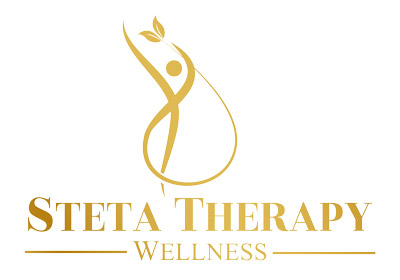
07 Jun Nurturing Mental Wellness: Discover the Power of Glimmers and Safety Cues
In the intricate journey of mental health, finding small moments of brightness—or what we call “glimmers”—can be transformative. These flickers of light amidst life’s challenges offer hope and support for our nervous system, fostering resilience and well-being.
In this post, we explore the concept of glimmers and how cultivating safety cues can help regulate the nervous system and promote emotional balance.
What Are Glimmers?
First introduced by Deb Dana, glimmers are fleeting moments of joy, comfort, or connection that signal safety to the nervous system. They can come in many forms:
- A stranger’s warm smile.
- The scent of fresh flowers.
- Sunlight filtering through trees.
- A favorite song’s soothing melody.
Though seemingly small, these moments carry profound significance for mental well-being, shifting the nervous system from defense to connection.
Why Glimmers Matter
Focusing on glimmers requires cultivating mindfulness and awareness. By intentionally seeking out and appreciating these moments, we can shift our perspective from one of fear or stress to one of hope and connection. Glimmers serve as reminders that even in difficult times, there are reasons to keep moving forward.
What Are Safety Cues?
Our nervous system operates on two primary responses:
- Fight or Flight (Sympathetic Activation): This prepares the body to confront or escape danger by releasing stress hormones like adrenaline and cortisol.
- Rest and Relaxation (Parasympathetic Activation): This promotes recovery and emotional balance.
Safety cues are stimuli—both internal and external—that signal to the brain that we’re out of harm’s way. They help shift the nervous system into relaxation, allowing us to connect with ourselves and others.
Examples of Safety Cues
- Physical Environment
- Surround yourself with comforting objects, like a fuzzy pillow, a weighted blanket, or soothing colors in your space.
- Use cherished photographs or meaningful decor to create a sense of familiarity and security.
- Social Support
- Connect with trusted individuals who offer empathy and validation.
- Physical touch, eye contact, and calming voices can signal safety to the nervous system.
- Mindfulness Practices
- Techniques like deep breathing, body scans, or engaging in sensory-focused activities (e.g., cooking or brushing your teeth) can anchor you in the present moment.
- Routine and Predictability
- Establish daily routines to instill structure and stability.
- Predictable environments help reassure the nervous system and reduce stress.
- Self-Compassion
- Treat yourself with kindness during times of distress.
- Practice self-care activities and explore resources like Kristin Neff’s self-compassion meditations to cultivate internal safety.
Integrating Glimmers and Safety Cues
Combining glimmers with safety cues offers a comprehensive approach to mental wellness. Here’s how:
- Recognize Glimmers: Intentionally notice and savor small moments of joy or connection.
- Cultivate Safety Cues: Build an environment that supports your nervous system, making glimmers more noticeable and impactful.
Together, these practices activate the parasympathetic nervous system, promoting feelings of safety, security, and resilience.
Why This Matters for Mental Wellness
By focusing on glimmers and safety cues, we can shift from a state of survival to a state of connection and well-being. These practices foster what I like to call mental “wellth”—a wealth of mental health and resilience.
Even in life’s darkest moments, glimmers remind us that hope and light are always present, waiting to be discovered.


Sorry, the comment form is closed at this time.